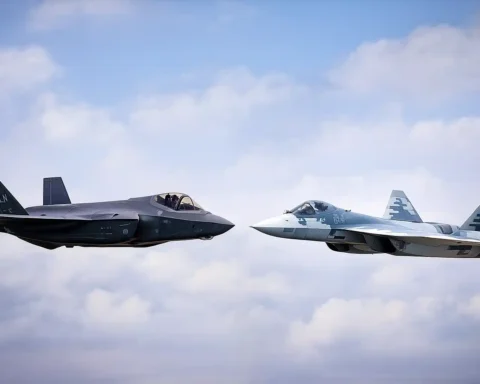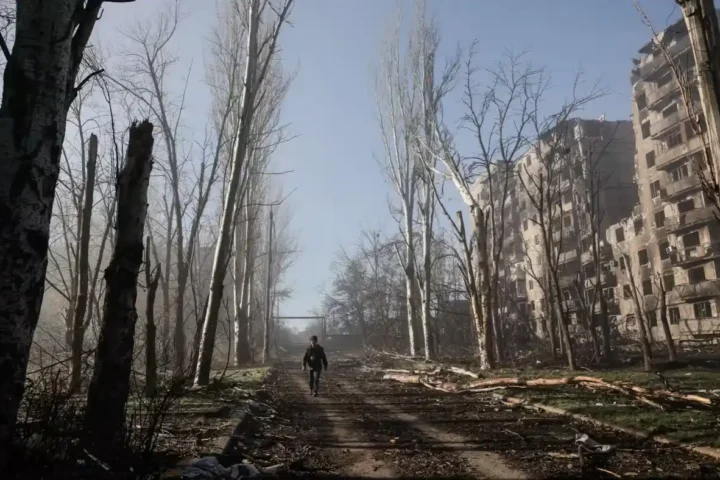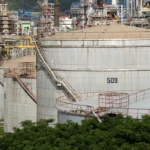Following Israel’s airstrike on Iranian territory, global markets have been thrown into turmoil. Oil prices recorded their sharpest spike in over three years, while investors rushed into traditional safe-haven assets. According to The Financial Times, traders fear that a new round of conflict in the region could disrupt oil and gas supplies worldwide.
Oil Prices Jump as Gold Becomes a Refuge
On Friday afternoon in Asia, the international oil benchmark Brent rose nearly 8%, reaching $74.88 per barrel. The American benchmark, West Texas Intermediate (WTI), climbed more than 8% to $73.67 per barrel. These figures speak volumes: the market is urgently repricing geopolitical risks.
Michael Alfaro, Chief Investment Officer at hedge fund Gallo Partners, which focuses on energy and industrial sectors, described the strike on Iranian nuclear facilities as a “seismic escalation” of the conflict.
“We’re staring down the barrel of a prolonged conflict that’s almost certain to keep oil prices elevated,” he said.
Investors also pivoted to gold: during Asian trading hours, it rose 1.2%, reaching $3,427 per ounce—a typical market reaction in times of geopolitical instability.
Threats to Regional Energy Infrastructure
The conflict poses serious risks to key global energy routes. The Strait of Hormuz—a narrow waterway between Iran and the Gulf states—is a crucial transit point for about one-third of the world’s seaborne oil. Iran has repeatedly threatened to shut it down in the event of a military attack.
Additionally, some of the world’s largest oilfields in Saudi Arabia and Iraq are within range of Iranian missiles and drones. The Financial Times recalls that Iran was widely believed to be behind a 2019 attack on Saudi oil infrastructure that caused a brief but sharp spike in global oil prices.
Qatar, one of the largest suppliers of liquefied natural gas (LNG), also depends on safe passage through Hormuz. Given the current tight global supply of natural gas, any disruption could fuel another wave of energy instability.
Will Iran “Internationalize” the Conflict?
Former CIA analyst and current head of commodity strategy at RBC Capital Markets, Helima Croft, questioned whether Israel’s latest strike was an isolated military action or the prelude to a broader escalation. She warned that Tehran may retaliate by targeting critical energy infrastructure in the region.
“The key question is whether Iran seeks to internationalize the cost of tonight’s action by targeting regional energy infrastructure,” Croft said.
U.S. Oil Reserves and Trump’s Position
President Donald Trump has previously pledged to keep oil prices low as part of his efforts to combat inflation. After Russia’s full-scale invasion of Ukraine, the Biden administration released about 300 million barrels from the U.S. Strategic Petroleum Reserve (SPR), the largest emergency oil stockpile in the world.
Today, the SPR holds around 400 million barrels—well below its maximum capacity of 727 million. If tensions in the Middle East escalate and lead to long-term disruptions, Trump may tap into the SPR again. However, he has criticized President Joe Biden in the past for drawing down the reserves to their lowest level in 40 years.
OPEC+ and Asian Markets React
OPEC+ has also come under scrutiny. On Friday, Saudi Arabia, one of its leading members, condemned Israel’s actions. According to The Financial Times, the group—which includes Iran—may now face additional pressure from the Trump administration to increase oil output in order to stabilize global markets.
Asian markets reacted sharply to the geopolitical shock. Japan’s Nikkei 225 fell by 1.3%, South Korea’s Kospi dropped 1.28%, and Hong Kong’s Hang Seng lost 0.7%.
Even cryptocurrencies weren’t spared: Bitcoin fell by 3% during Asian trading, briefly dipping to $103,000 before rebounding slightly to $104,000. This reflected a broad sell-off of risk assets in the region.
This article was prepared based on materials published by The Financial Times. The author does not claim authorship of the original text but presents their interpretation of the content for informational purposes.
The original article can be found at the following link: The Financial Times.
All rights to the original text belong to The Financial Times.


















